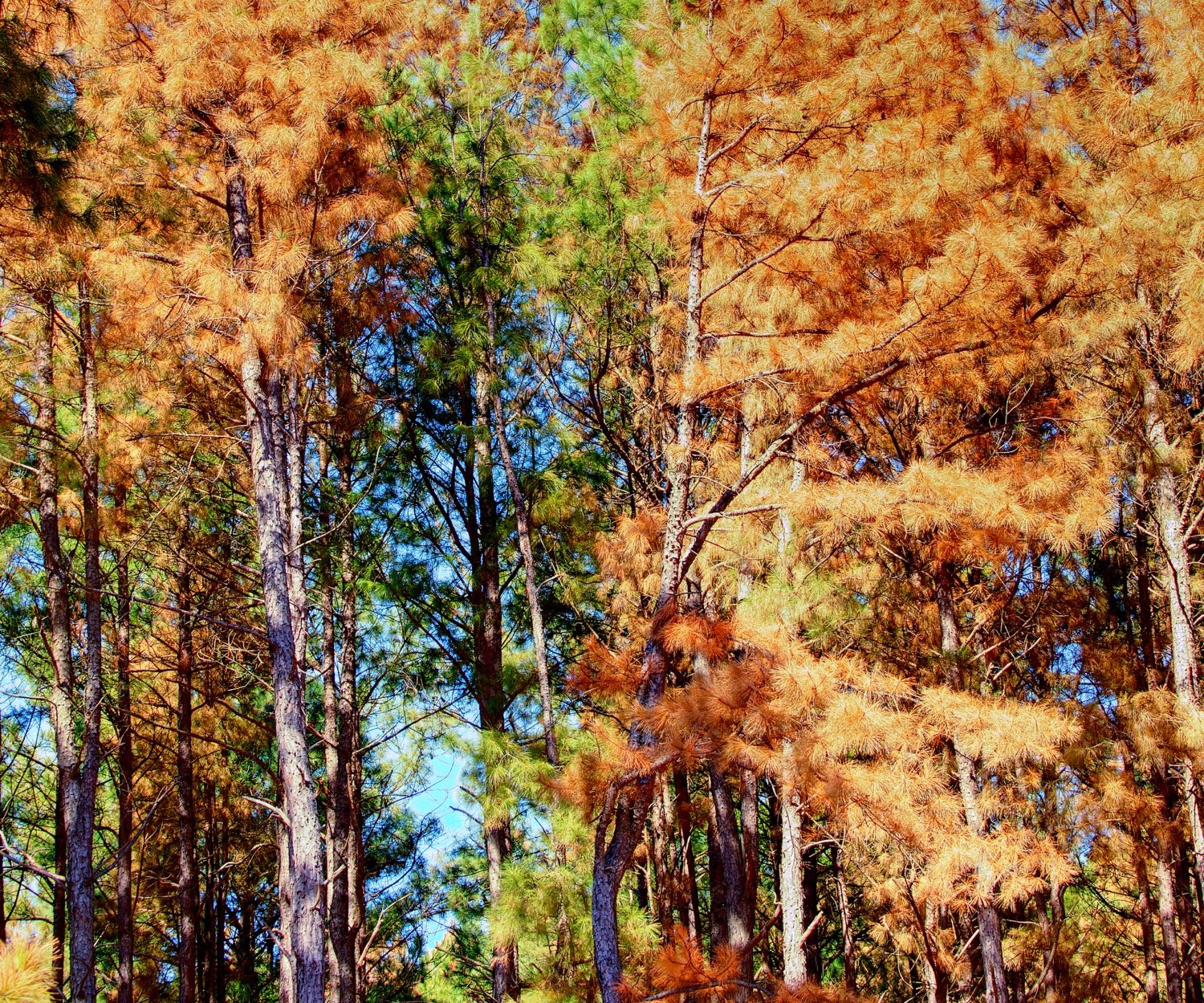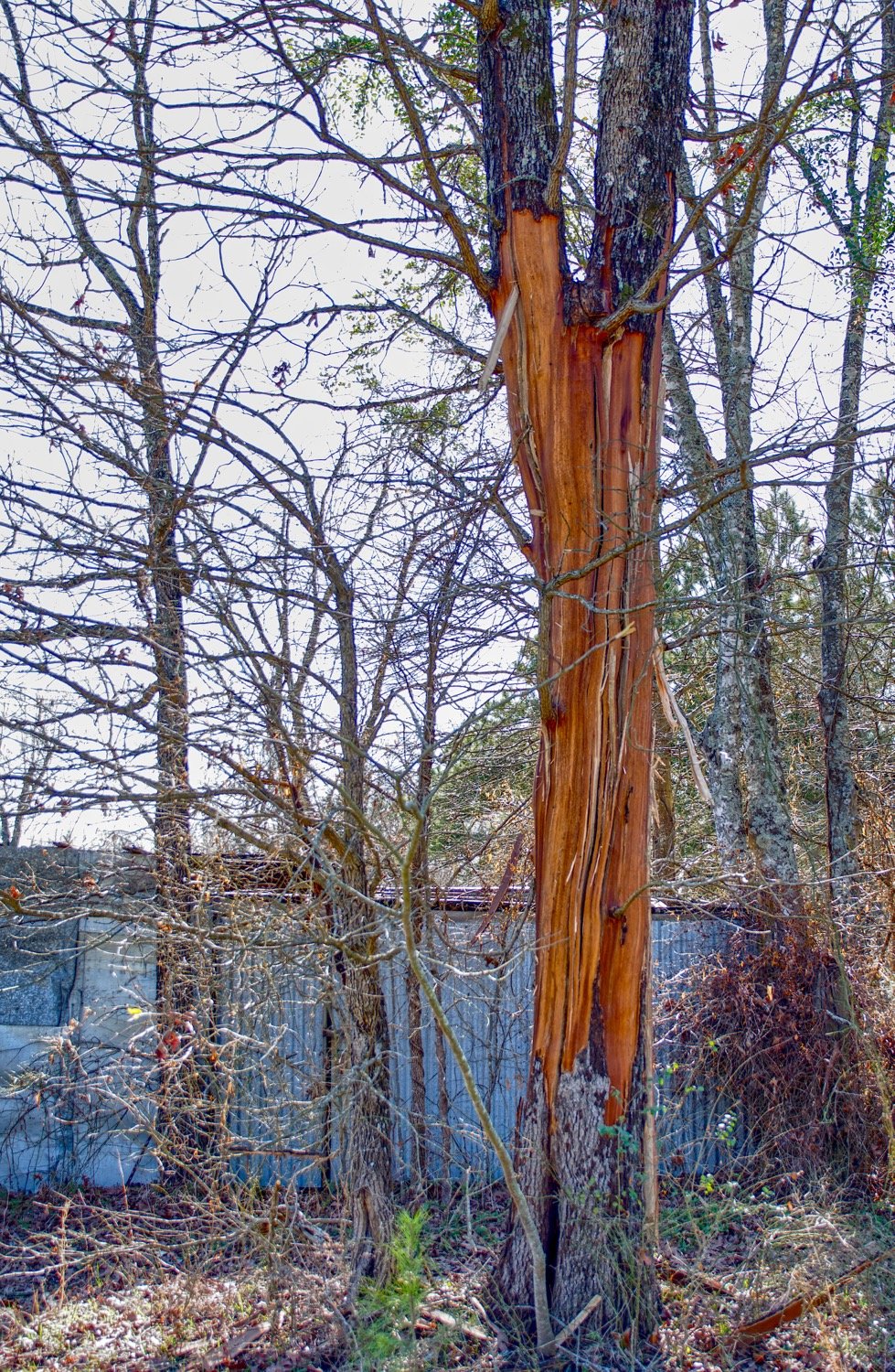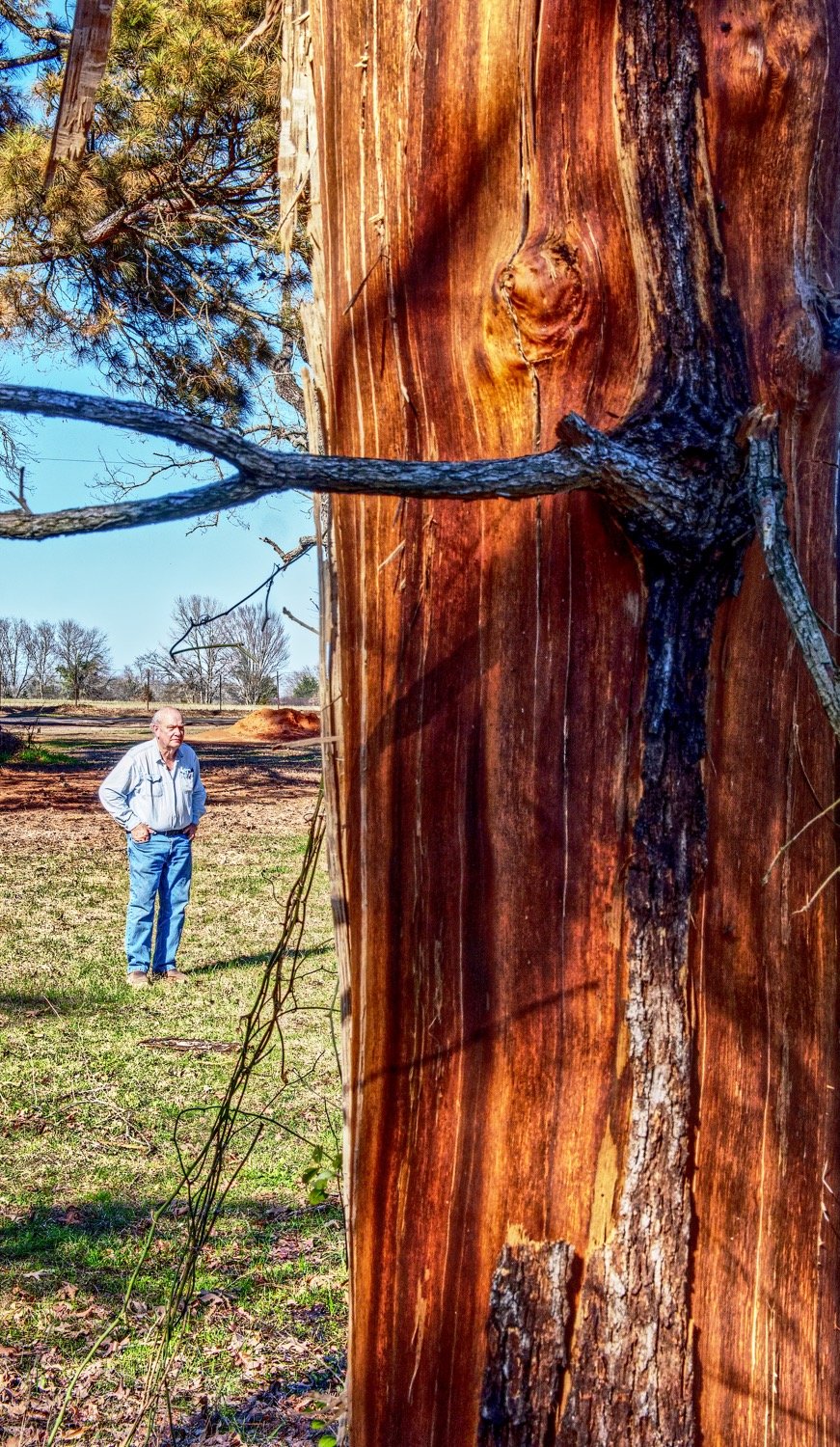Nature has not been too kind to East Texas trees
publisher@wood.cm
When storms rolled through East Texas Sunday, Feb. 28, Doug Lee was startled by a loud boom at his home near Hoard.
He assumed a lightning strike but didn’t realize the extent until the following day.
This item is available in full to subscribers.
Attention subscribers
To continue reading, you will need to either log in to your subscriber account, or purchase a new subscription.
If you are a current print subscriber, you can set up a free website account and connect your subscription to it by clicking here.
If you are a digital subscriber with an active, online-only subscription then you already have an account here. Just reset your password if you've not yet logged in to your account on this new site.
Otherwise, click here to view your options for subscribing.
Please log in to continue |
Nature has not been too kind to East Texas trees
When storms rolled through East Texas Sunday, Feb. 28, Doug Lee was startled by a loud boom at his home near Hoard. He assumed a lightning strike but didn’t realize the extent until the following day.
He noticed something quite different about a tree behind his home. Much of the bark was gone, some shards flung 50 feet away or more.
Closer inspection revealed the solid trunk had been splintered. Surprisingly, there was no immediate evidence of charring.
Lee said it’s the second tree incident near his home in a year. During the wind storm last spring a large oak much closer to the house was felled. Had it fallen in the opposite direction it would have smashed into the house.
Like many East Texas property owners, Lee is also concerned about the damage from the recent freeze, which has caused numerous pine needles to turn brown.
Some trees are covered in brown while others show partial damage and still others appear to have survived intact.
According to the Texas A&M Forest Service, “The extreme cold triggered a normal physiological response in the trees of East Texas. Needles and leaves of trees showing signs of freeze damage were impaired likely from the formation of ice crystals inside the leaf cells causing the cell’s walls to rupture. However, native trees are adapted to this and responded by shutting off (abscising) leaves (needles) that were no longer functioning causing a discoloration of leaves. Fortunately, trees are resilient and have the ability to leaf out again when the initial growth is damaged or destroyed.
“Landowners may see freeze damage symptoms on some trees, but not all. Tree species differ when it comes to freeze tolerance as some can tolerate extreme cold better than others.
“With pine species, longleaf and slash seem to have less tolerance for freeze than loblolly. Shortleaf pine is more resistant to freezing temperatures and seems to be much less affected than the other pine species.
“In addition, trees along the forest edge and/or those trees that are taller than surrounding trees, with their crowns fully exposed, may also experience freeze damage to a greater extent than those with crowns somewhat protected by other trees. Most trees in East Texas will survive the freeze damage though.”











